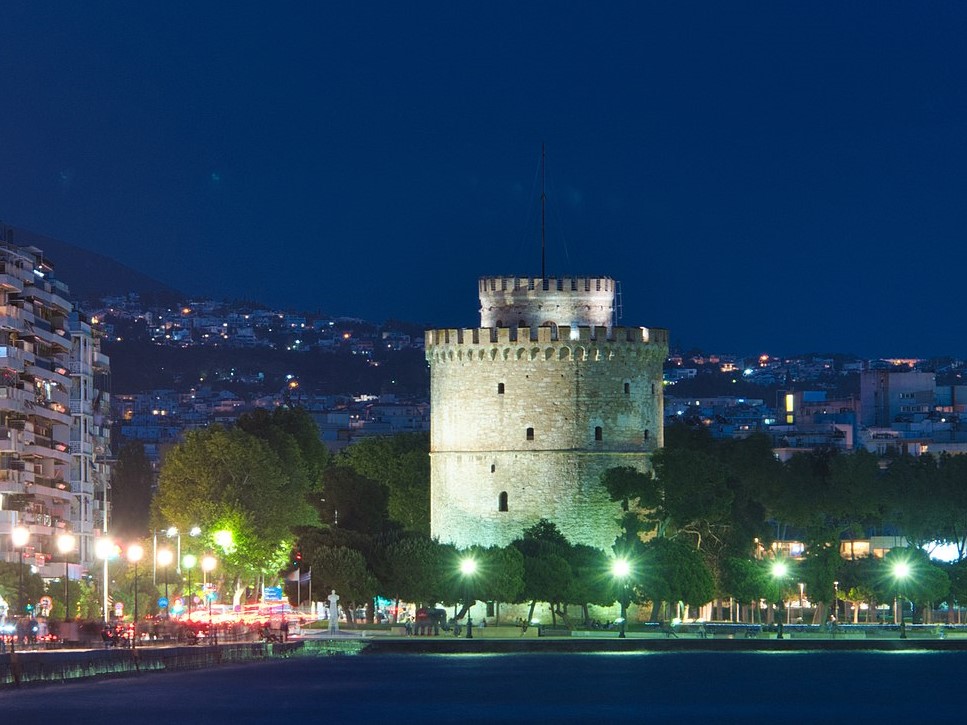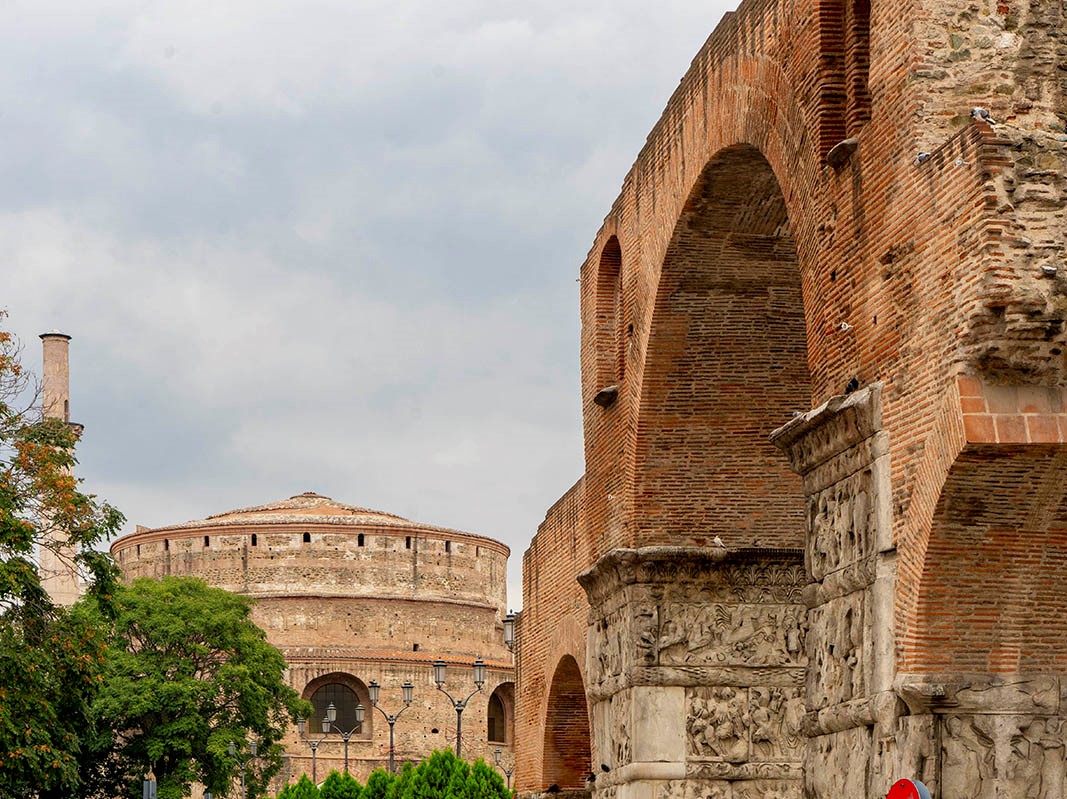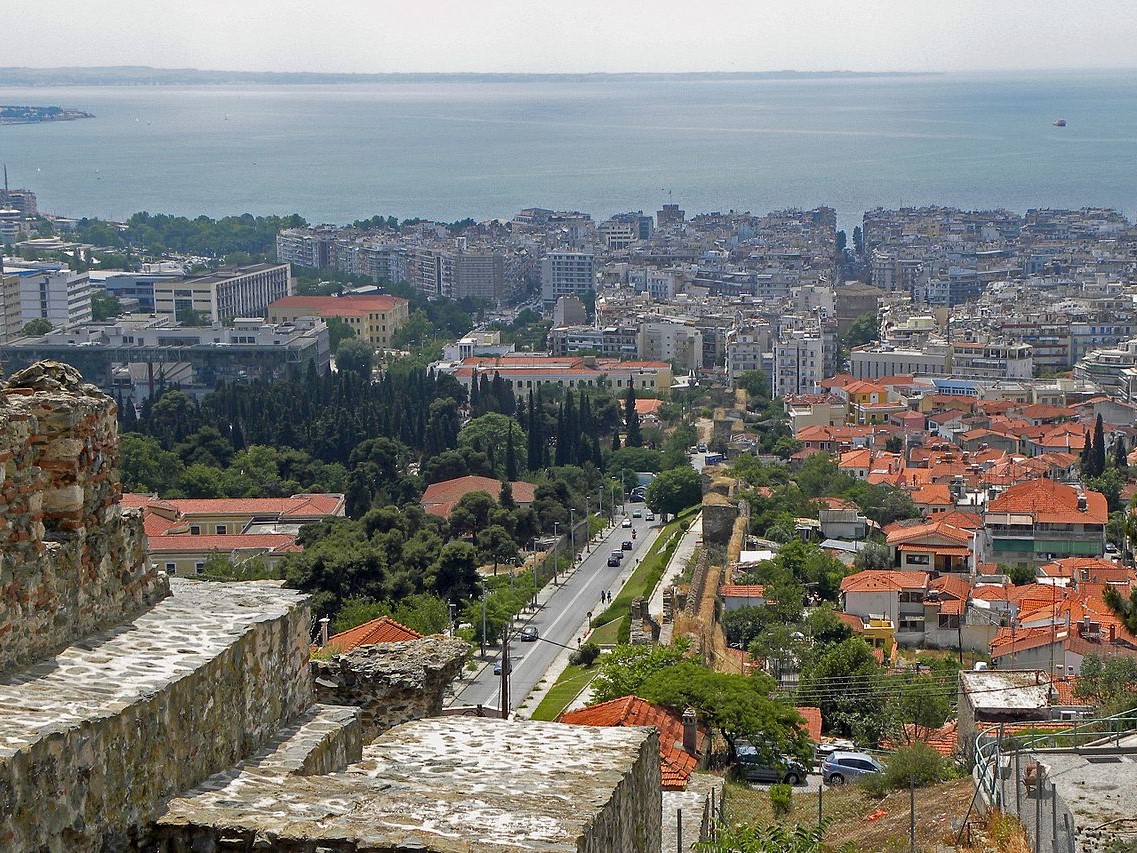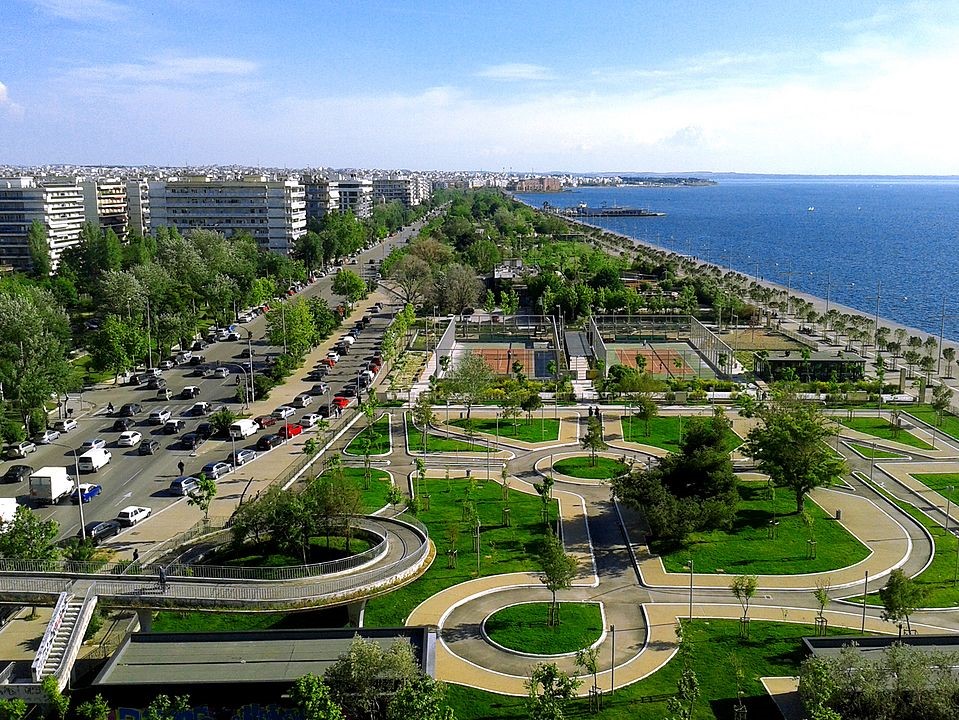Thessaloniki
Thessaloniki
The site of the architectural competition is located in the heart of Thessaloniki, which is the second largest city of the country with more than 1.1 million population in its metropolitan area, constituting the administrative, cultural and business center of northern Greece.
Thessaloniki spreads along the Thermaic Gulf, to the north of the Aegean Sea and is located within an hour’s drive from both Mt.Olympus and the Chalkidiki Peninsula, and only a short flight away from the capitals of nearby Balkan and Mediterranean countries.

White Tower
Historical Background of the city of Thessaloniki

Kamara and Rotunda
Thessaloniki is a historic city that has developed through the ages.
The city was founded as an urban center by Cassander, son of one of the immediate successors of Alexander the Great, in 316 BC. The new city would very soon become an important trading hub and a significant military-naval base.
The historical character of Thessaloniki is undoubtedly linked to its Byzantine life. From the 7th to the 10th century, notwithstanding all the problems that the Byzantine Empire would face with the West, the Arabs, the Slavs, the Bulgarians and the Byzantine Iconoclasm, Thessaloniki continued to develop in all ways, often playing a leading role, thus, demonstrating its great importance and position within the structure of the state. Many important churches and other monuments were built during this period.
The 20th century held several changes for Thessaloniki. In 1912, Thessaloniki was liberated from the Ottoman Empire and was integrated to the Greek state. In 1917, a devastating fire turned the entire center of the city to ashes, leaving 73,000 people homeless, and the priceless heritage of the 19th century almost vanished.
In 1922, with the Treaty of Lausanne and population exchange between Greece and Turkey, the city lost its Muslim population and the influx of thousands of refugees from Asia Minor resulted the creation of new neighborhoods and suburbs.
The intense industrialization of the area that took place mainly after 1960 contributed to the city’s rapid growth.
Today, Thessaloniki has become one of the most important trade and business hubs in the Balkans with an extensive port. The city is also one of the largest student centers of Southeastern Europe, attracts many tourists especially from the Balkans and has a rich cultural activity to demonstrate.

Ano Poli
Thessaloniki Economy and Tourism

Nea Paralia
Overall, the Regional Unit of Thessaloniki has a structure of a metropolitan center and characteristics of a modern and developed economy. The cutting-edge sector is the tertiary sector, both in terms of size and potential, as well as for its hyperlocal character.
In particular, the city of Thessaloniki brings together services in fields such as administration, health care, education, etc. covering not only the inhabitants of the metropolitan complex, but also the entire Region of Central Macedonia as well.
The city is also one of the largest student centers of Southeastern Europe, attracts many tourists especially from the Balkans and has a rich cultural activity to demonstrate.
